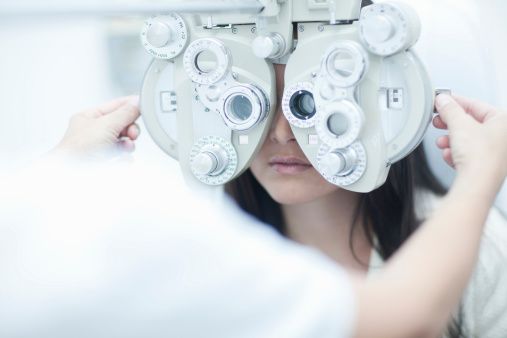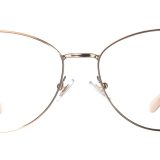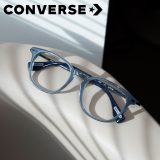Hiding Your Age With Progressive Lenses
I was probably the only kid in my city (okay, state) that had bifocals in the 4th grade. Well, at least it felt that way. But, my dad was an optometrist and he wanted me to try them. And, I did.
Fortunately elementary school kids aren’t able to tell the difference between a regular, single vision pair of glasses and bifocals. And, since I was young enough to think that I was wearing something special (because no one else had them) I wouldn’t have really even cared if they did.
Now that I’m inching my way closer to the big 4-0, I know I’ll be back in bifocals of pretty soon. And, I’m not sure if I want my glasses lenses to give away my age!
I’ve heard a lot of talk about progressive lenses as an alternative to a traditional bifocal lens — where you can clearly see the two separate focal areas on the lens. In fact, many people choose progressive lenses or no-line bifocals (also sometimes called PALs — progressive addition lenses) because they just don’t want anyone to know they are wearing bifocals. This sounded interesting to me so I decided to find out more.
Apparently, instead of having two distinct areas of focus, progressive lenses blend the reading (or up close) prescription and the distance corrective prescription together. So, in-between the two correct prescriptions you actually have an area of a “transition” prescription that is neither your full distance prescription nor your reading prescription.
I do remember from my brief elementary school experience that the jump from one focus area to another was a little bothersome. So, it seems that not having that distinct line between the focus areas would be great!
Many people like progressives, a lot. But, I’ve heard it takes some getting used to. Some optometrists recommend giving it up to a month even to figure out how to use the lenses correctly for seeing far away and doing work up close.
The main complaint people have with progressive lenses is the area on the sides of each lens. Apparently it takes some getting used to. Vision through the sides of the lens can seem distorted and can give you a weird sort of “in a fish bowl” kind of feeling until you learn how to use the lenses correctly.
Has your optometrist recommended you move to bifocals? Then, maybe you’ll want to try progressive lenses for yourself! Find an optometrist in your closest America’s Best, and see if they think that progressive lenses might be a good fit for you.










